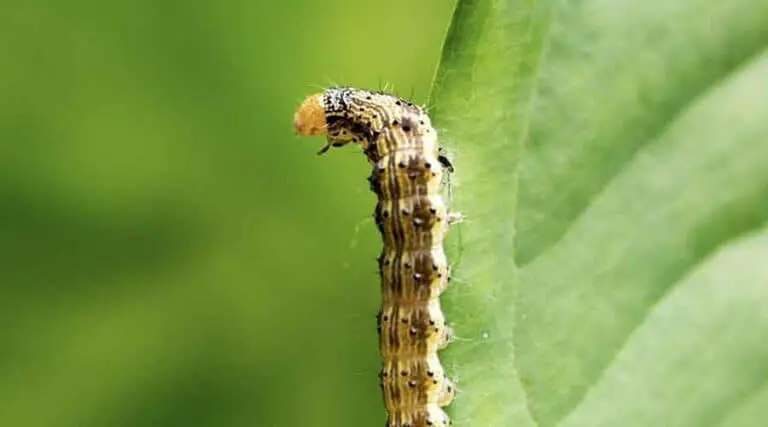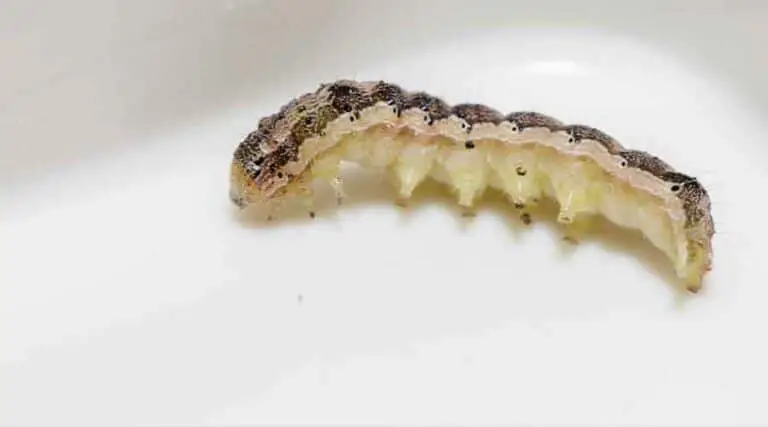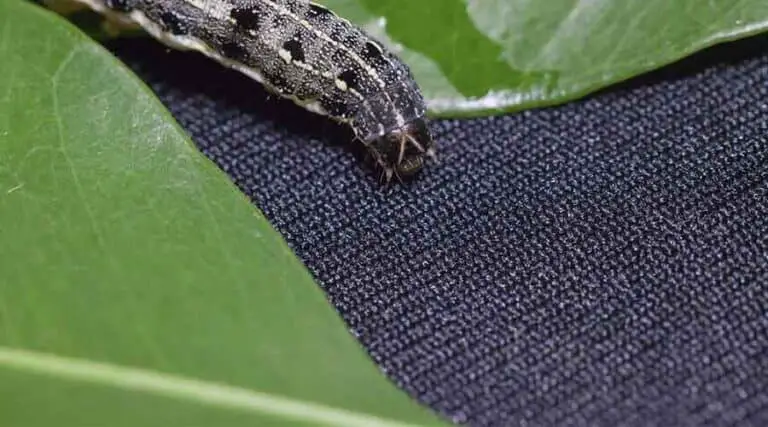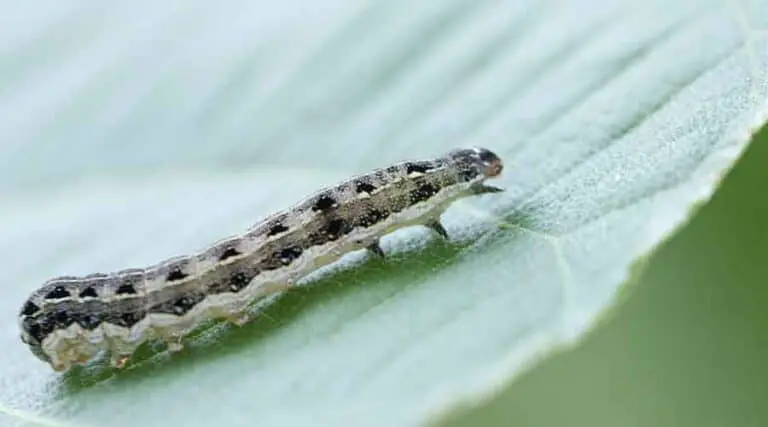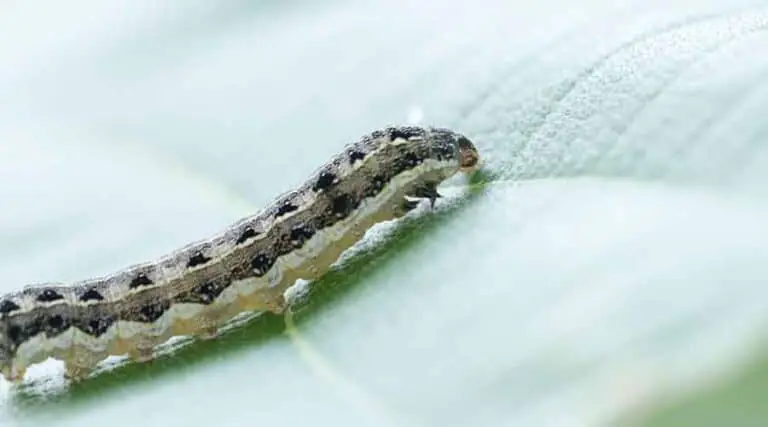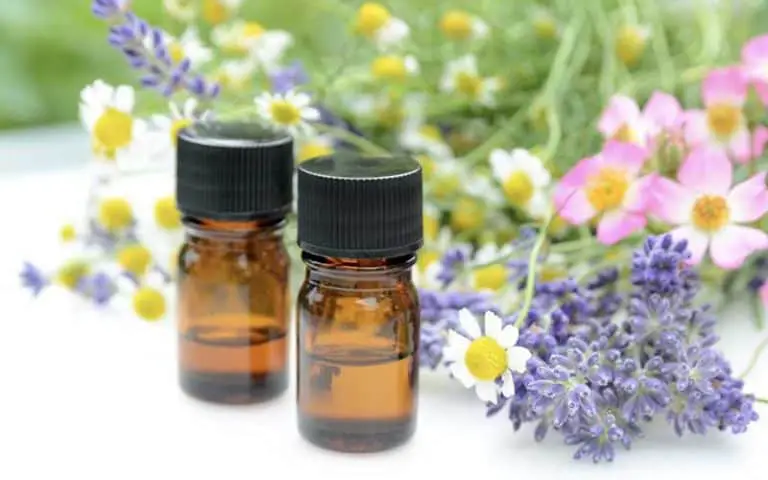Does Malathion Kill Cutworms? Examining its Effectiveness
Cutworms are a significant pest in many agricultural settings, causing considerable damage to a wide range of crops. These caterpillars feed on the stems and leaves of plants, often cutting them off at the base or damaging new growth. As a result, farmers and gardeners seek effective ways to eliminate these pests from their fields and gardens. One such method involves the use of insecticides, such as malathion.
Malathion is an organophosphate insecticide that has been widely used for the control of various insect pests, including cutworms. It works by inhibiting the function of essential enzymes in the nervous system of insects, resulting in their death.
Studies have shown the effectiveness of malathion in reducing the population of cutworms, with one such study demonstrating 30% mortality of the Variegated cutworm after 24 hours. Although there are other insecticides like carbaryl and Bt (Bacillus thuringiensis) that are also employed in controlling cutworms, malathion serves as a valuable option in the integrated pest management toolkit.
Does Malathion Kill Cutworms
Malathion, an organophosphate insecticide, is known for its effectiveness against a wide range of pests, including cutworms. However, its efficacy may vary depending on factors such as the specific cutworm species, application rate, and host plants.
One study showed that malathion had a 30% mortality rate after 24 hours in variegated cutworms fed with snap bean. Interestingly, there was no mortality observed in the larvae that fed on other host plants, suggesting that nutrition and host plant selection could play a role in determining the insecticide’s effectiveness against cutworms.
In another study, it was noted that malathion did not induce the expression of a specific gene in the common cutworm, Spodoptera litura, at the tested dose. This indicates that the insecticide might not be as effective against this particular cutworm species.
Additionally, it’s important to consider that cutworms may develop resistance to insecticides over time, which could render malathion less effective. To improve control measures against cutworms, a combination of different management practices, such as biological control or crop rotation, may be more effective.
In summary, while malathion has shown some effectiveness against certain cutworm species, its potency may be influenced by factors such as host plants, dose, and resistance development. Therefore, relying solely on malathion for cutworm control may not be the most effective strategy, and a multifaceted approach could yield better results.
How Malathion Works
Mode of Action
Malathion is an organophosphate insecticide that works by inhibiting the enzyme acetylcholinesterase (AChE) in insects, causing a buildup of acetylcholine (ACh) in their nervous systems. This leads to overstimulation and ultimately paralysis and death of the insects. Malathion is effective against a wide range of pests, including cutworms1. These pests can be detrimental to various crops, and using malathion as a pesticide helps in controlling their population and damage.
Application Methods
When it comes to applying malathion for cutworm control, there are several methods to consider:
- Soil drench: A soil drench is a method where the insecticide is applied as a liquid to the soil around the plant base. This saturates the area with the insecticide, ensuring it reaches the cutworms hidden in the soil. Malathion has been found to be effective against cutworms when applied as a soil drench2.
- Foliar spray: Another method of applying malathion is by using a foliar spray. This involves spraying the insecticide directly onto the plants’ leaves and stems. Foliar sprays are useful when cutworms have already started to attack the plants, as it targets the pests on the plant surface.
- Baiting: Baiting with insecticide-treated products can also be an option for controlling cutworms. Mixing the insecticide with a bait, such as bran, can attract cutworms and lead to their ingestion of the lethal substance.
It is important to follow the label instructions and safety precautions when using malathion for insect control, as excessive or improper use can potentially harm non-target organisms and cause environmental concerns.
Cutworms Identification and Lifecycle
Identifying Cutworms
Cutworms are the larvae of various species of moths belonging to the Noctuidae family. They are typically 1-2 inches long and can vary in color from gray to brown or black. Some common characteristics of cutworms include:
- Soft, tubular bodies
- A tendency to curl up when disturbed
- Active during the night, hiding in soil or debris during the day
- Feeding on a range of plant stems and leaves
Lifecycle Stages
Cutworms have four major stages in their lifecycle: egg, larva, pupa, and adult. Here is a brief overview of each stage:
-
Egg: Female moths lay eggs on plant leaves or stems. The eggs are small, round, and pale in color. They typically hatch within a week.
-
Larva: After hatching, the larvae feed on plant material for 3-6 weeks. As they grow, they undergo several molts before reaching their full size.
-
Pupa: Once fully grown, the cutworms burrow into the soil and form a protective case called a pupa. During this stage, they undergo metamorphosis and develop into adult moths. This phase lasts for 2-4 weeks.
-
Adult: Adult moths emerge from the pupa and begin the process of finding a mate to start the lifecycle again. They have a wingspan of approximately 1.5 inches and are typically brown or gray in color.
Understanding the identification and lifecycle of cutworms is important in developing an effective pest management strategy. By knowing their habits and life stages, you can target specific interventions at the most vulnerable periods for the cutworm population.
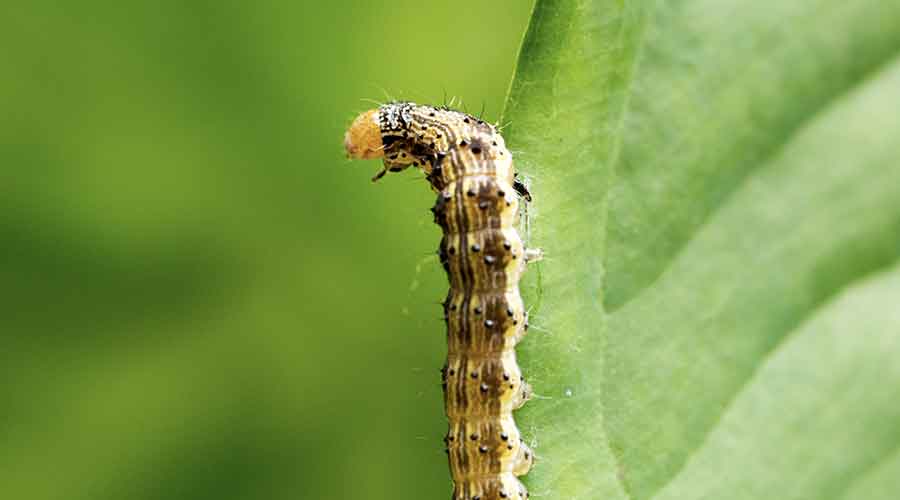
Alternative Methods to Control Cutworms
Biological Control
Biological control methods can be an effective and environmentally friendly way to reduce cutworm populations in your garden. One commonly used biological control agent is the bacterium Bacillus thuringiensis, which has been shown to have activity against army cutworms. This bacterium produces toxins that are harmful to cutworm larvae, preventing them from feeding and ultimately killing them. Introducing beneficial insects, such as parasitic wasps and predatory beetles, can also help control cutworm populations by attacking and consuming their larvae.
Cultural Practices
Implementing various cultural practices can help reduce the presence of cutworms in your garden. Some beneficial practices include:
- Rotating crops: Changing the types of crops you plant each year can help disrupt cutworm populations and reduce their numbers.
- Handpicking: Regularly inspecting your plants for cutworm larvae and removing them by hand can help control their numbers.
- Tillage: Tilling your garden at the end of the growing season can expose hidden cutworm pupae to predators, reducing their population for the following year.
- Mulching: Applying a layer of mulch around your plants can help prevent cutworms from reaching the stems.
Chemical Alternatives
If biological control and cultural practices aren’t providing adequate control of cutworms, certain chemical alternatives can be considered. For example, deltamethrin and malathion have been tested against black cutworms, showing promising results in reducing their numbers. However, it’s important to keep in mind that chemical alternatives should be used judiciously and only as a last resort, as they can also have negative effects on beneficial insects and other non-target species. Always follow the label instructions and consider the potential environmental impact before deciding to use chemical controls for cutworm management.

Safety Precautions for Using Malathion
Environmental Impact
Malathion, an organophosphate insecticide, is effective in controlling various pests, including cutworms. However, it is important to be aware of its environmental impact. When applying malathion, avoid spraying during windy conditions to minimize drift and prevent contamination of non-target areas. Consider the potential risks to beneficial insects and pollinators, like bees, and try to apply the pesticide during times when they are not active, such as early morning or late evening.
Human and Animal Health
While malathion can be effective in controlling cutworms, it is essential to follow safety precautions for human and animal health. When handling and applying malathion, make sure to:
- Wear protective clothing, which includes gloves, goggles, and a mask to prevent skin, eye, and lung exposure.
- Follow the label instructions carefully, paying close attention to the recommended application rates and methods.
- Keep children, pets, and livestock away from treated areas until the pesticide has dried and it is deemed safe to return.
In case of accidental exposure or ingestion, promptly seek medical help. It is important to store malathion in a secure location away from children and pets to avoid accidental poisoning.
By following these safety precautions and being aware of the potential environmental and health impacts, you can use malathion effectively and responsibly to control cutworms and other pests in your garden or greenhouse.
Conclusion
Malathion, a widely used insecticide, has shown effectiveness in controlling various pests, including cutworms. Its mode of action is through disrupting the nervous system of insects, ultimately leading to their death.
Some studies, such as the one about the variegated cutworm, indicate that malathion has potential in managing these pests, though the efficiency of insecticide metabolism in cutworms can vary depending on factors like the host plant. This suggests that the effectiveness of malathion in controlling cutworms could depend on the specific infestation scenario and environmental factors.
Another research on the army cutworm, states that mustard crops are more vulnerable to cutworm invasion than alfalfa and cereal crops. The study also mentions that cutworms showed greater susceptibility to some other insecticides like parathion compared to malathion. This implies that the choice of insecticide in pest control might also depend on crop type and cutworm species involved.
In summary:
- Malathion can be effective in controlling cutworms.
- Various environmental factors, crop type, and cutworm species can influence the efficacy of malathion.
- Alternatives like parathion might be more suitable in some situations.
Decision-makers should take all these aspects into account when planning an appropriate strategy for cutworm management. It is crucial to conduct careful monitoring of cutworm populations and engage in proper pest control practices that consider the specific circumstances and environmental conditions.

